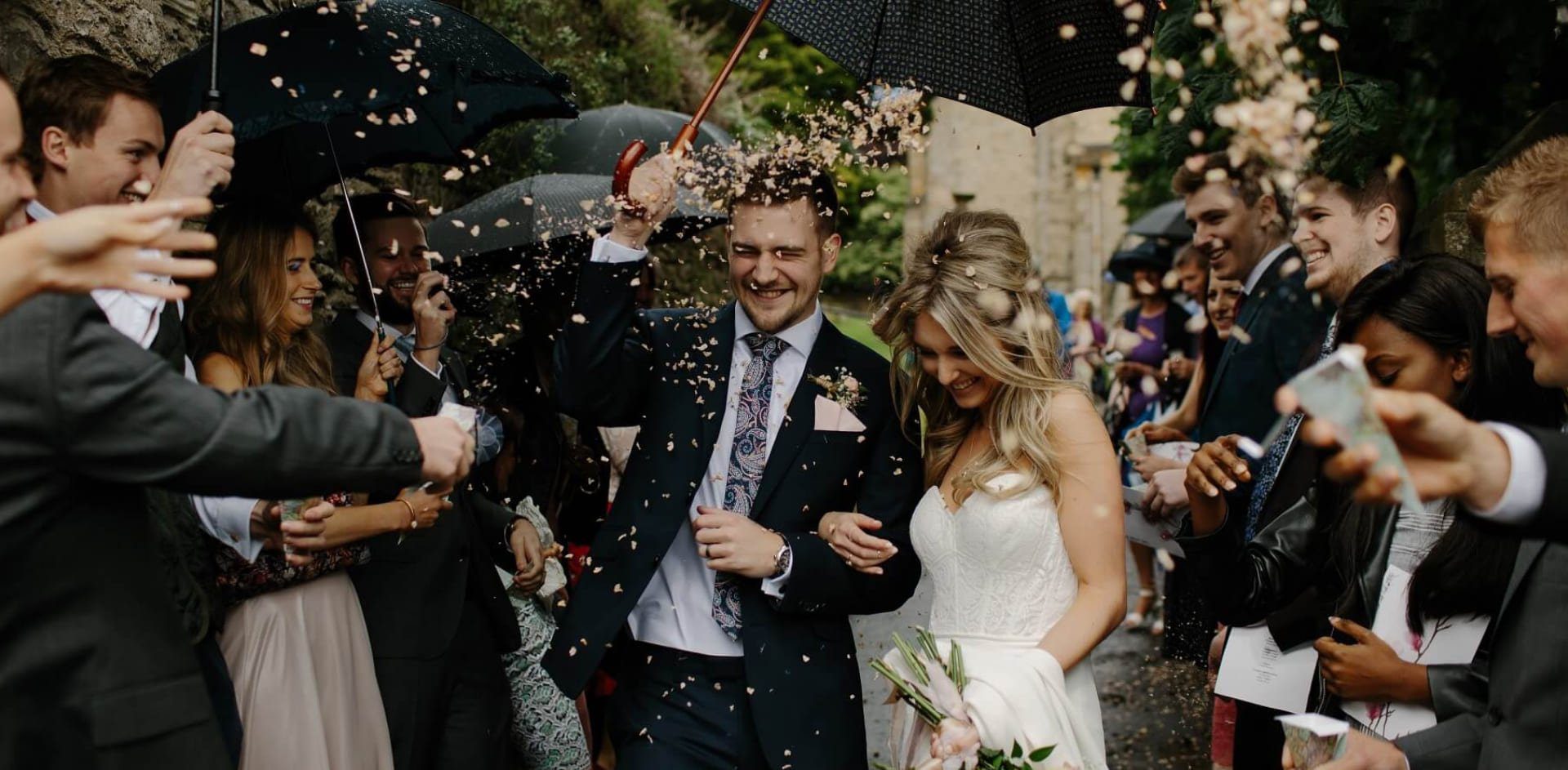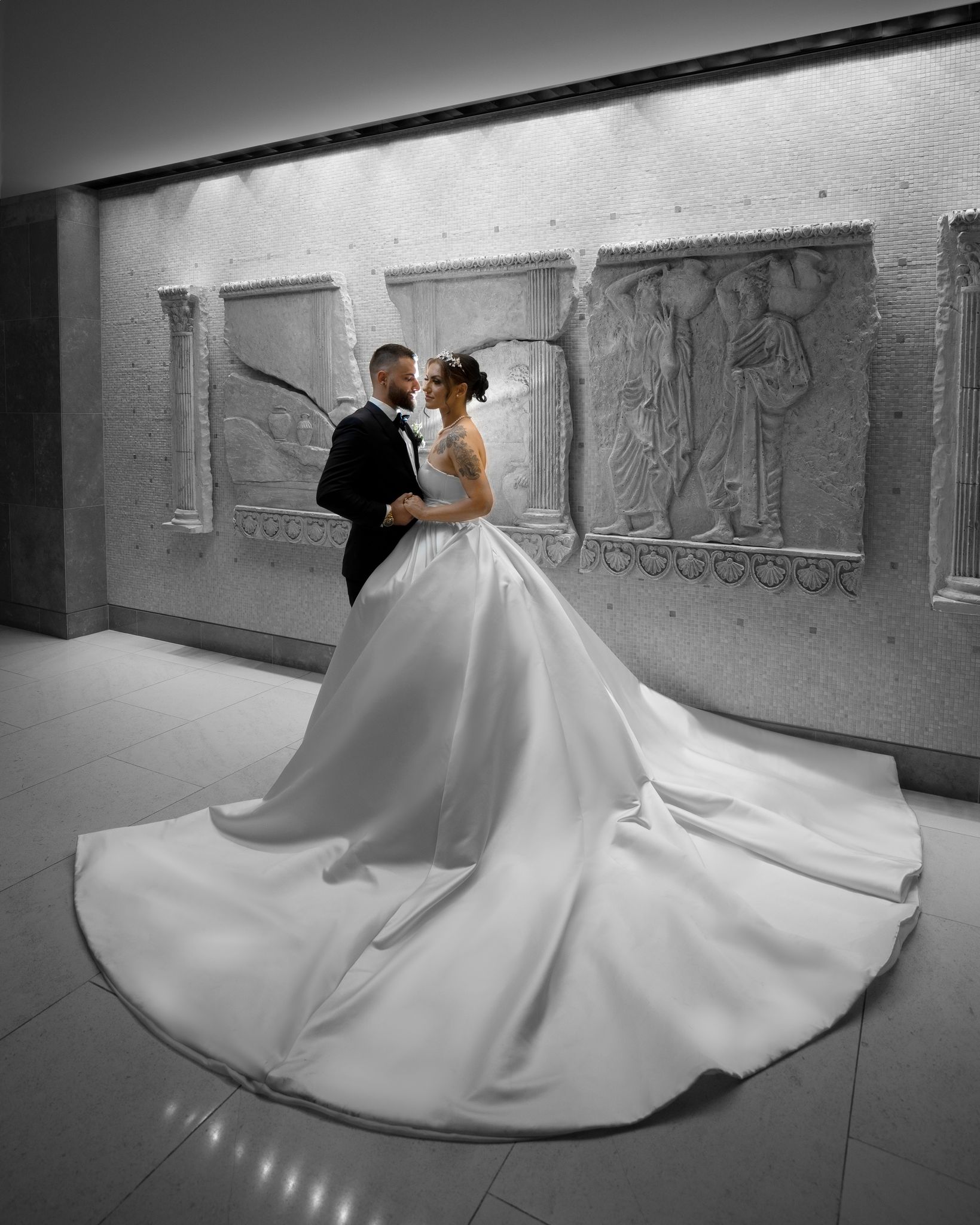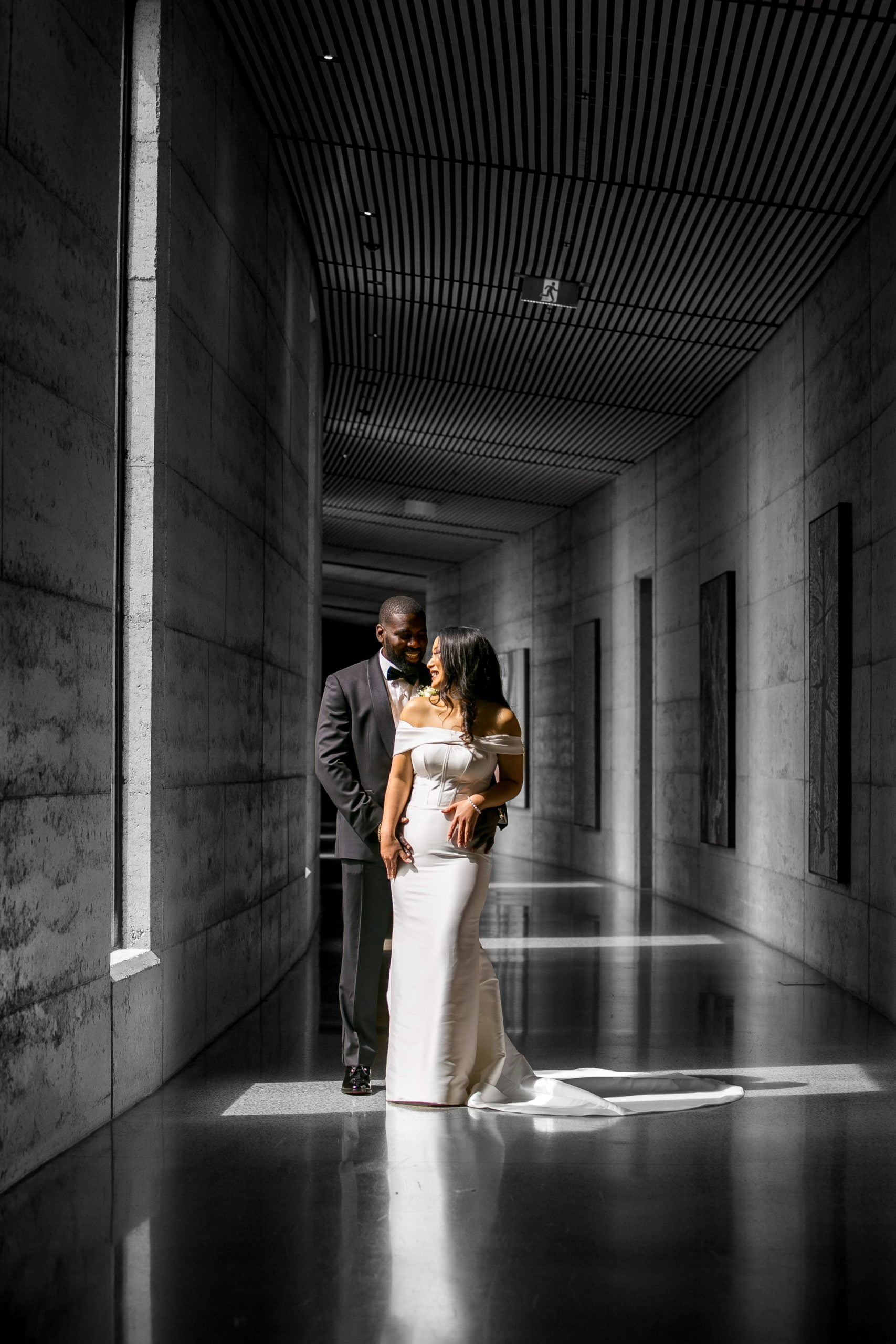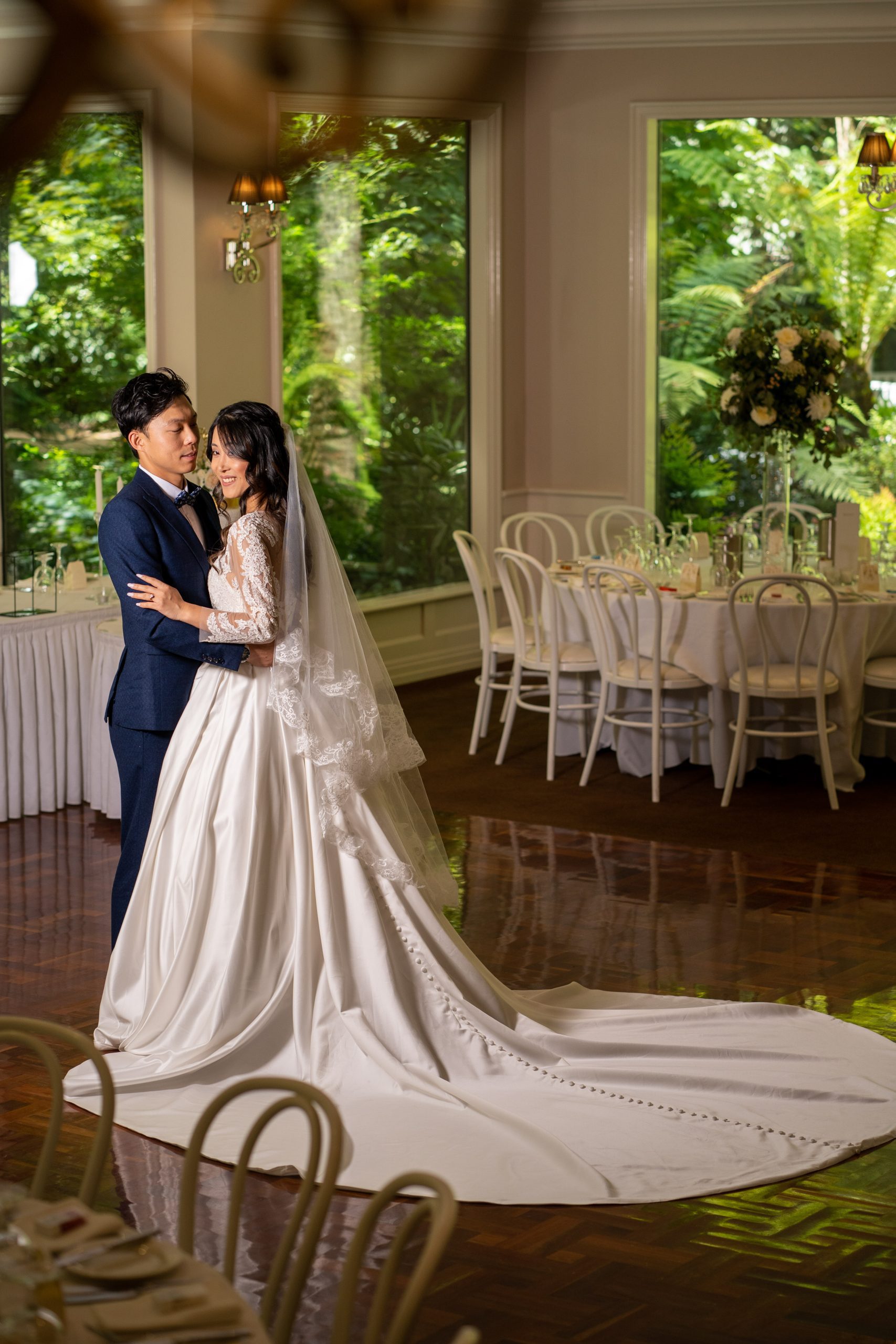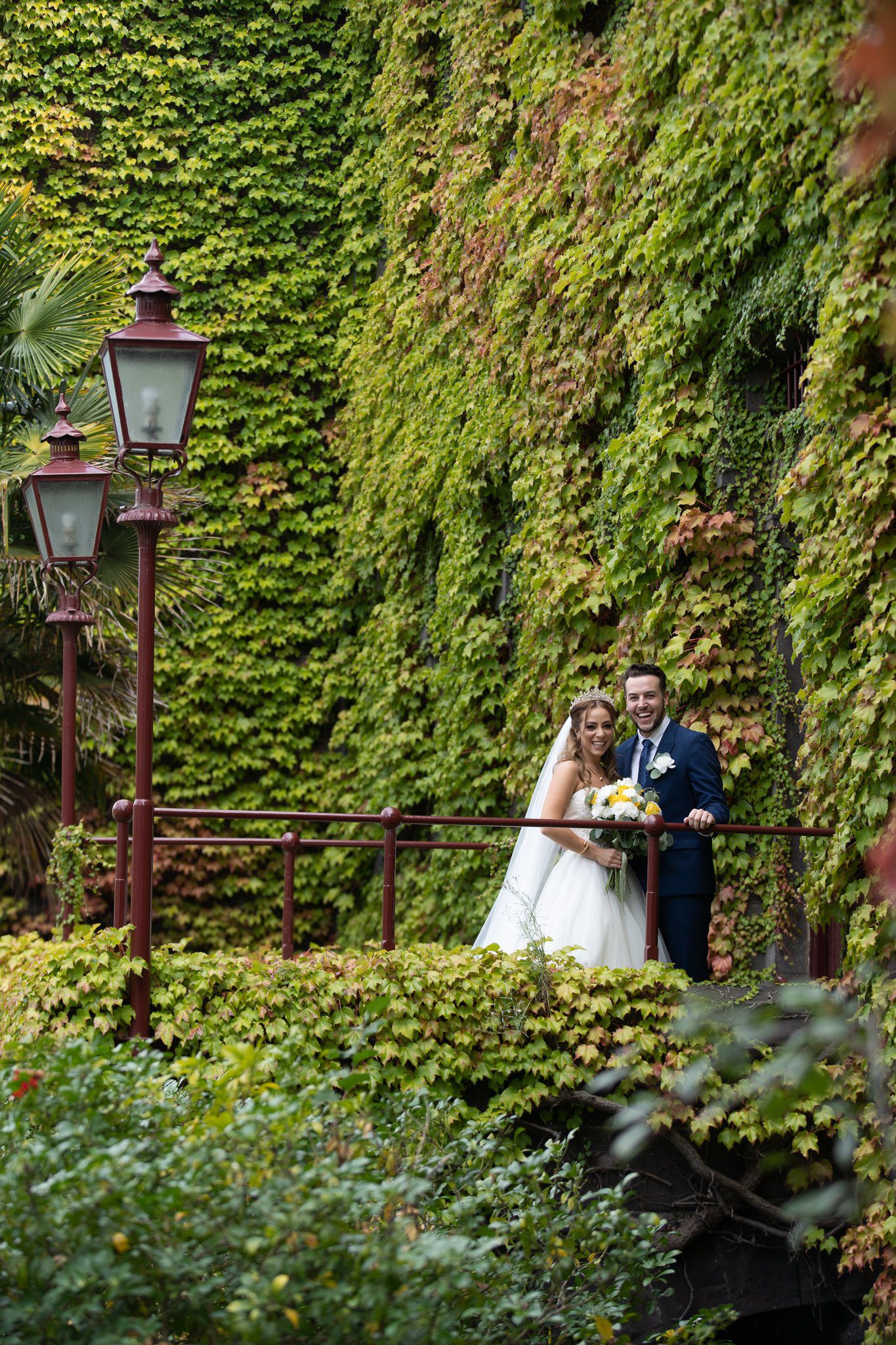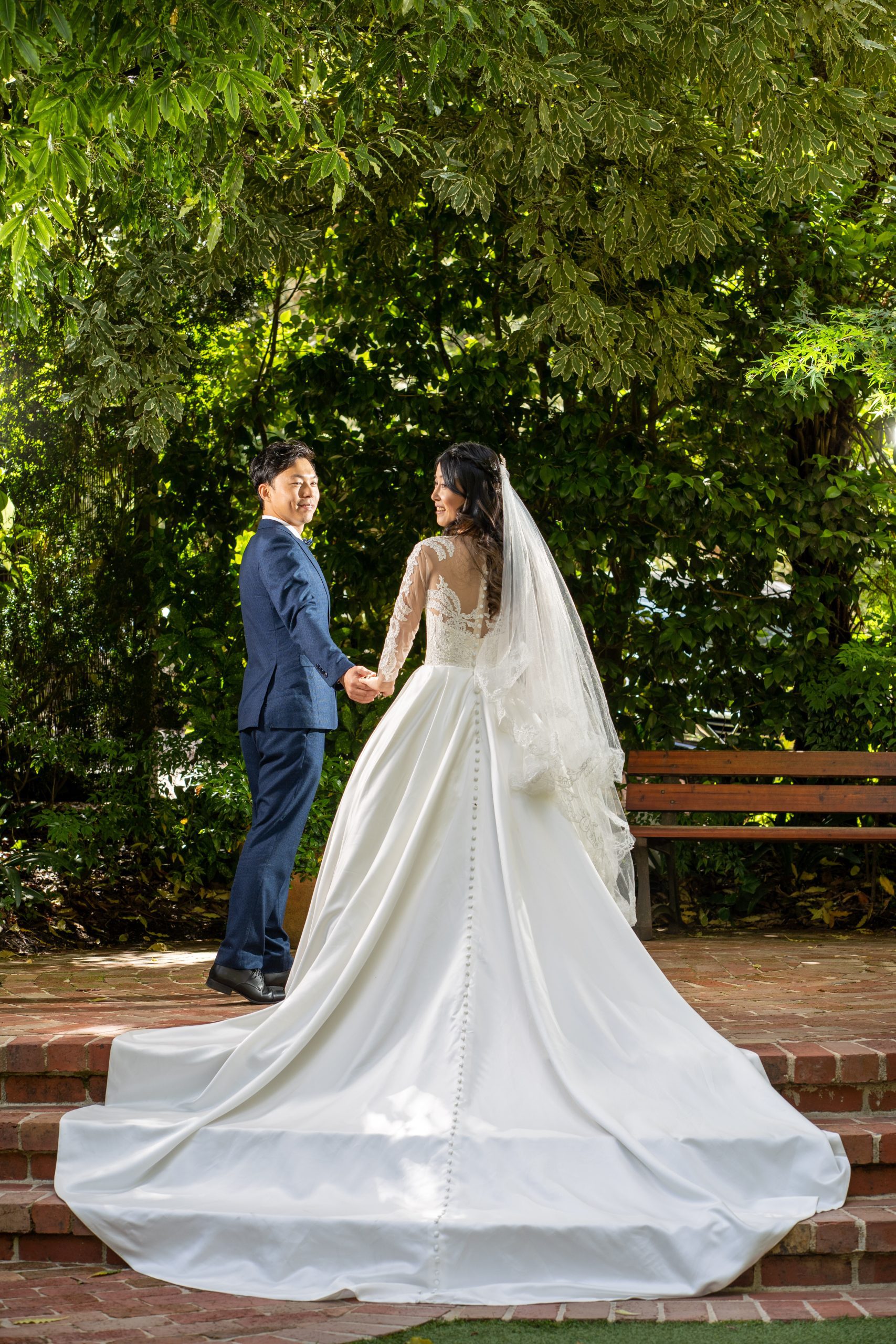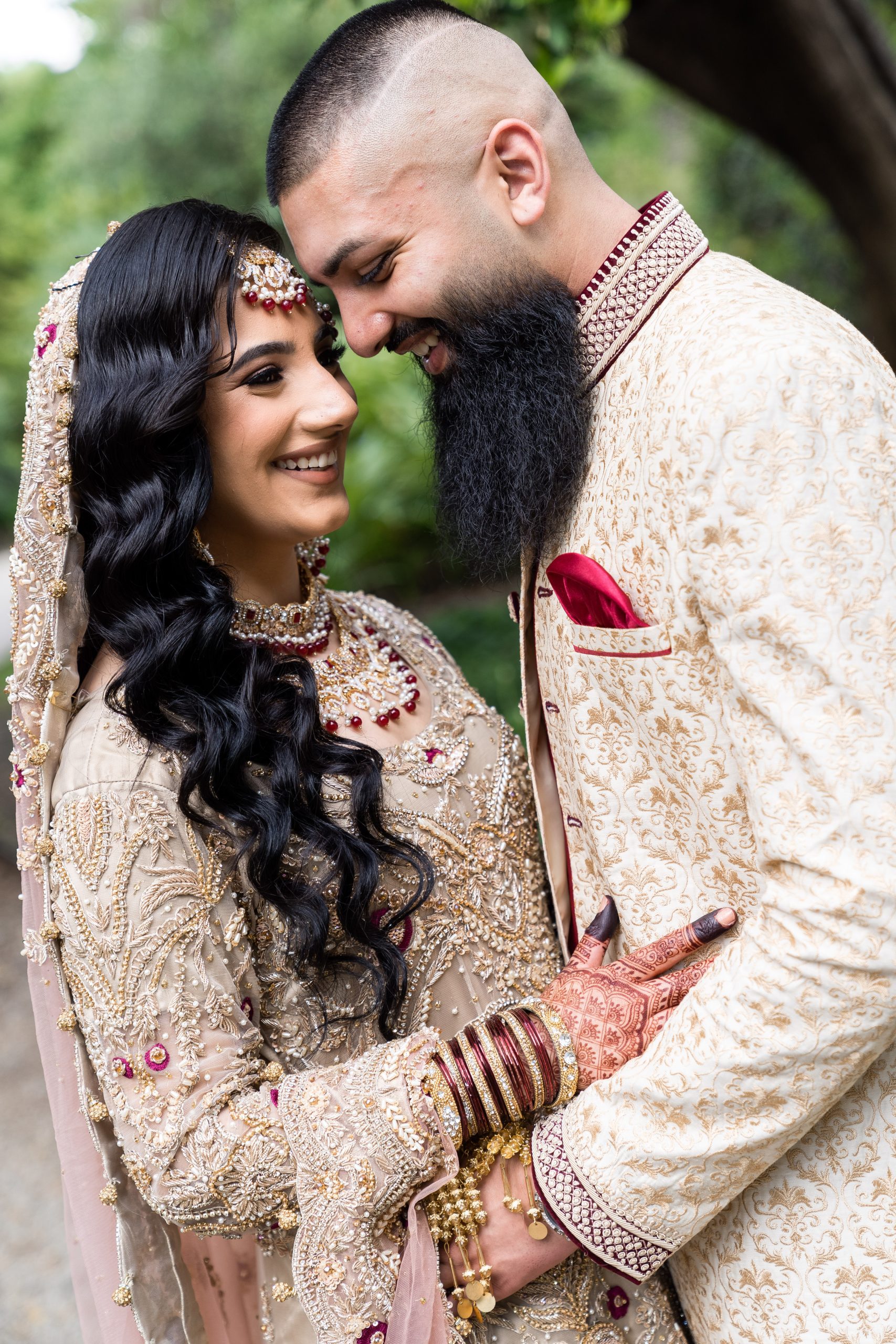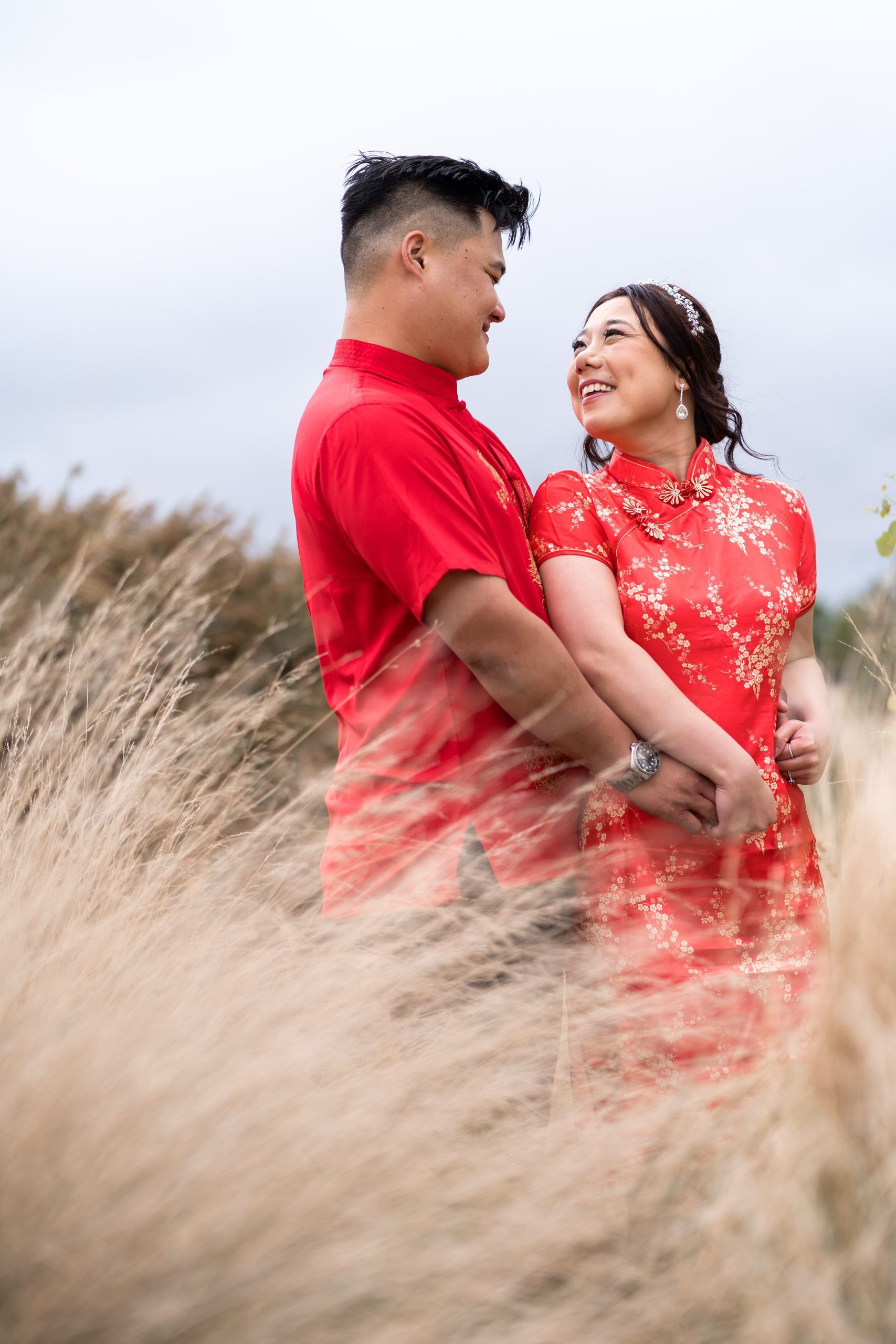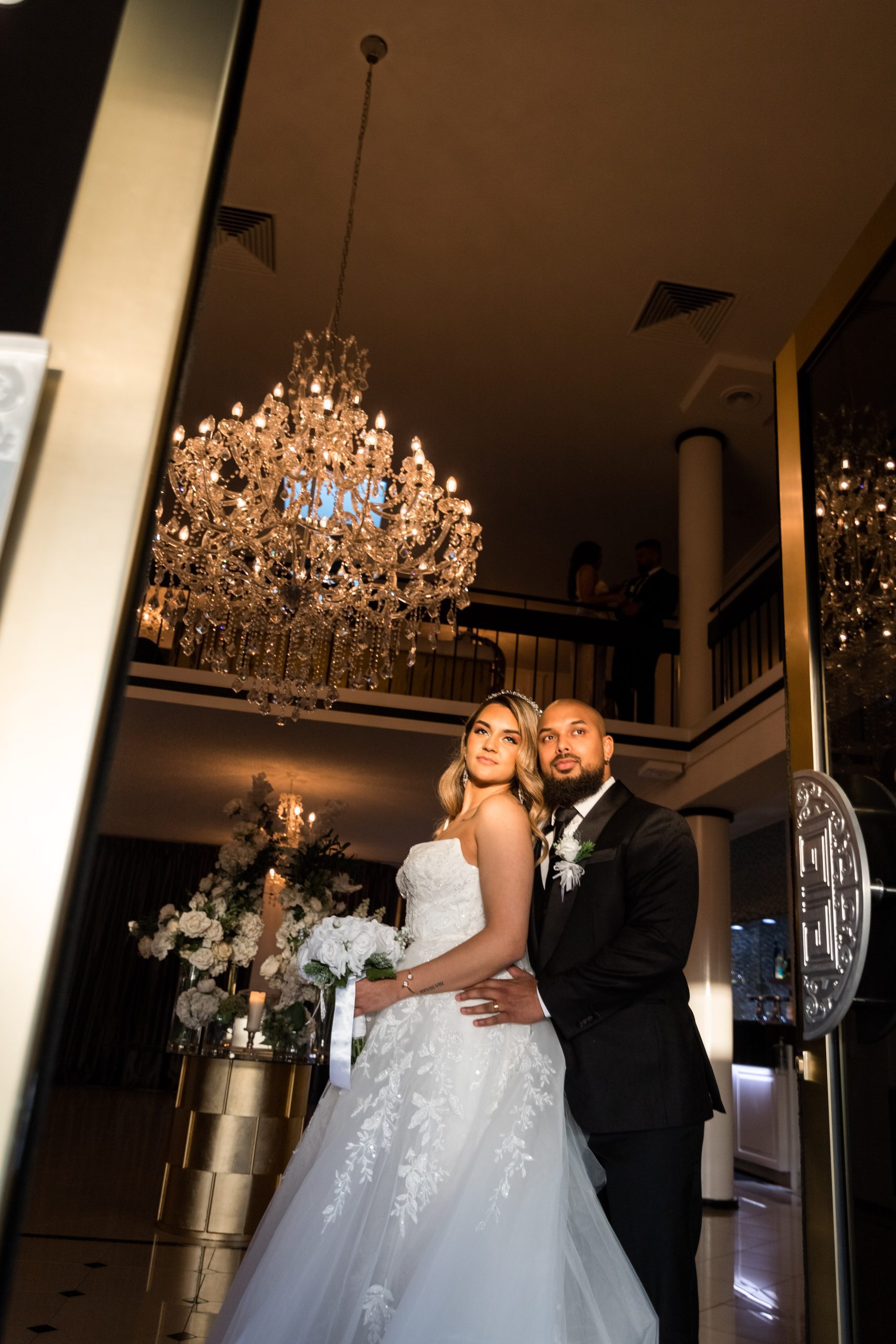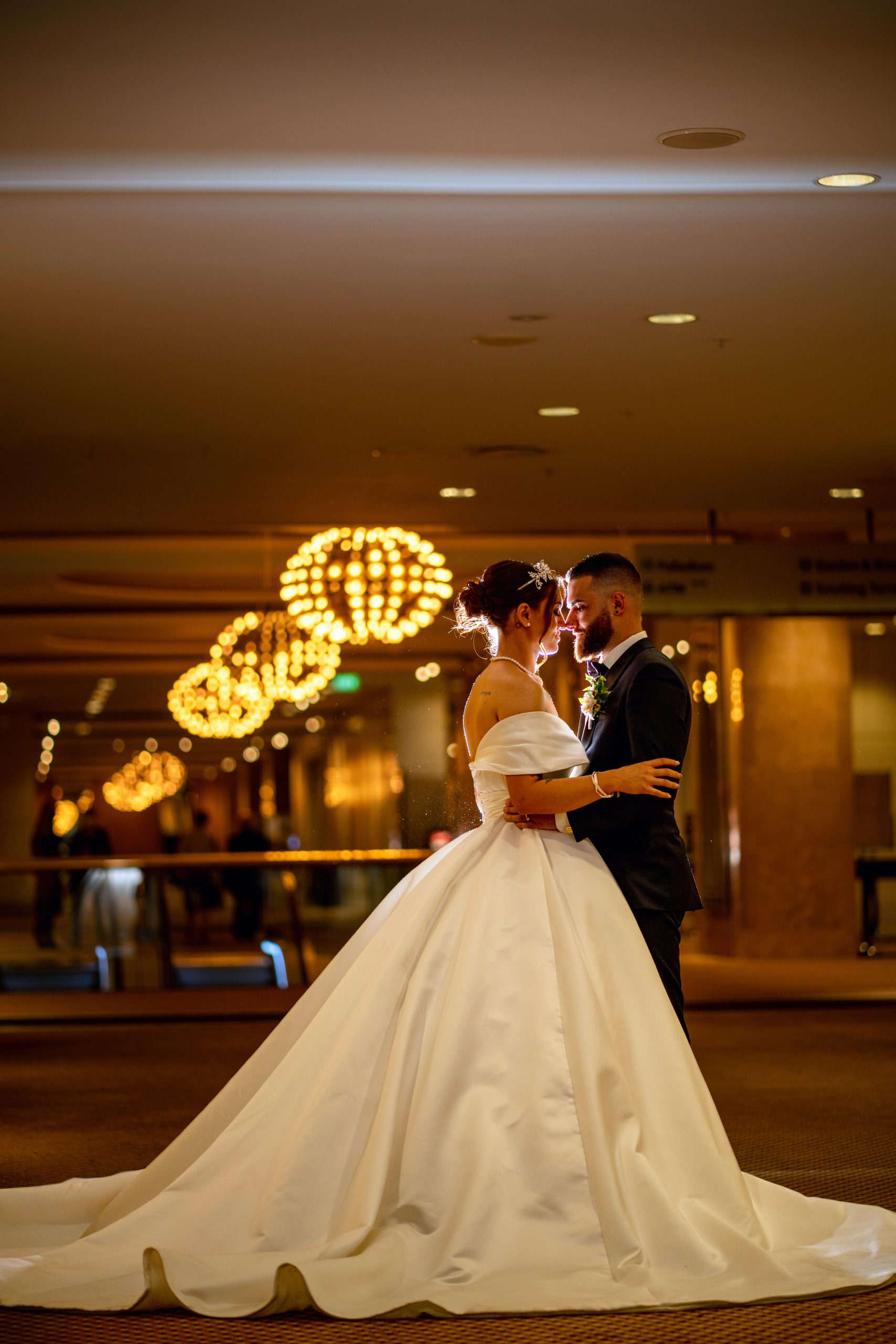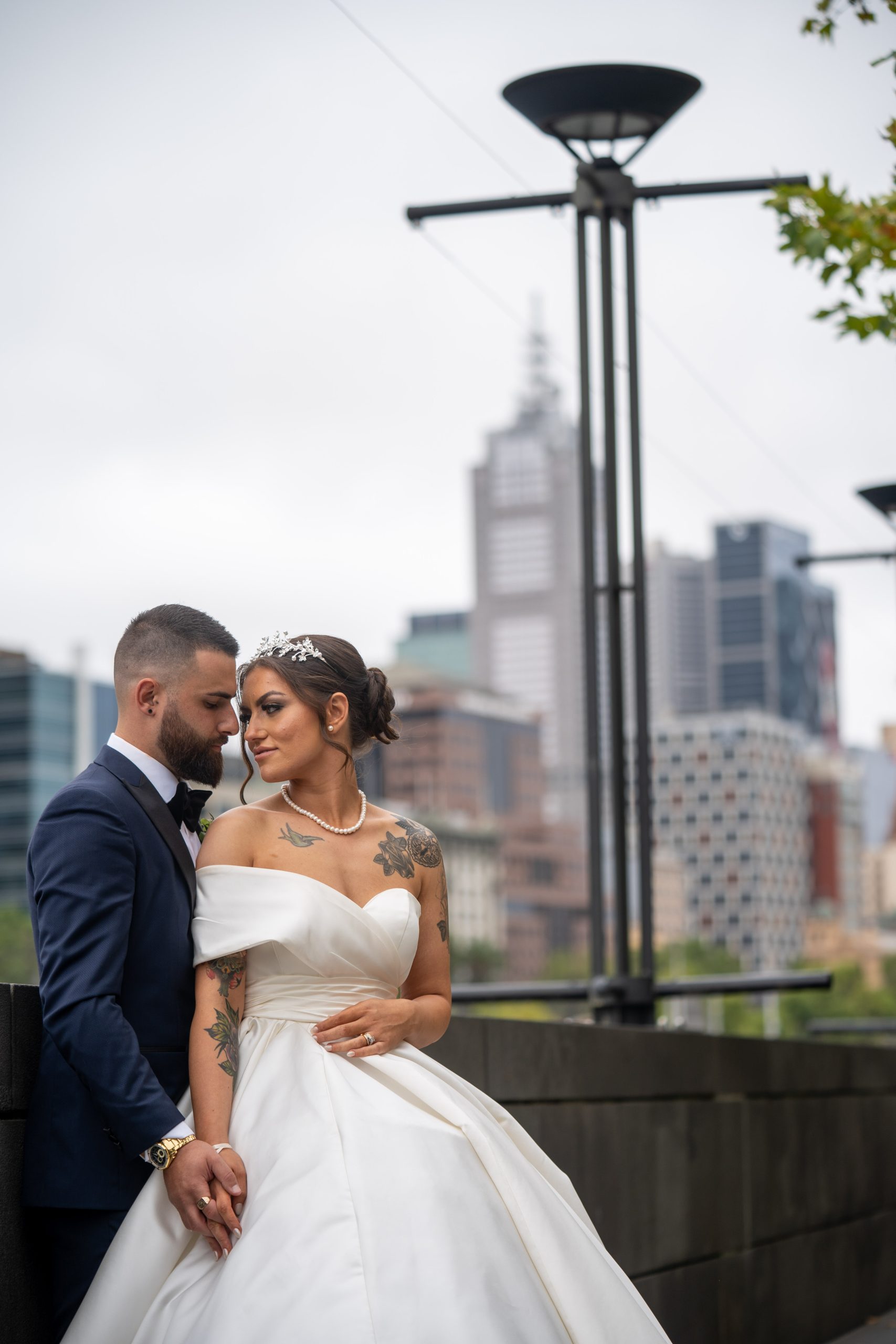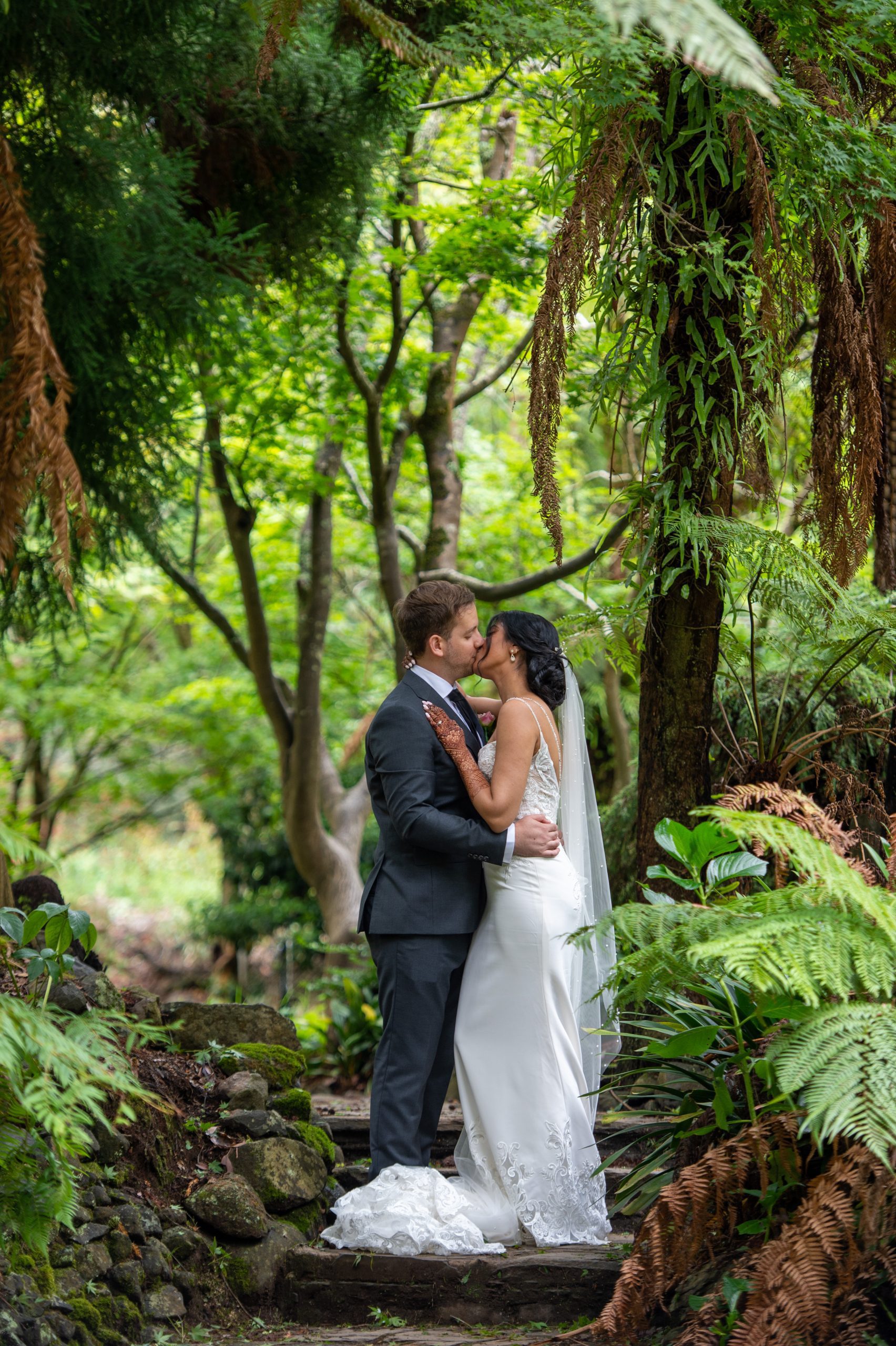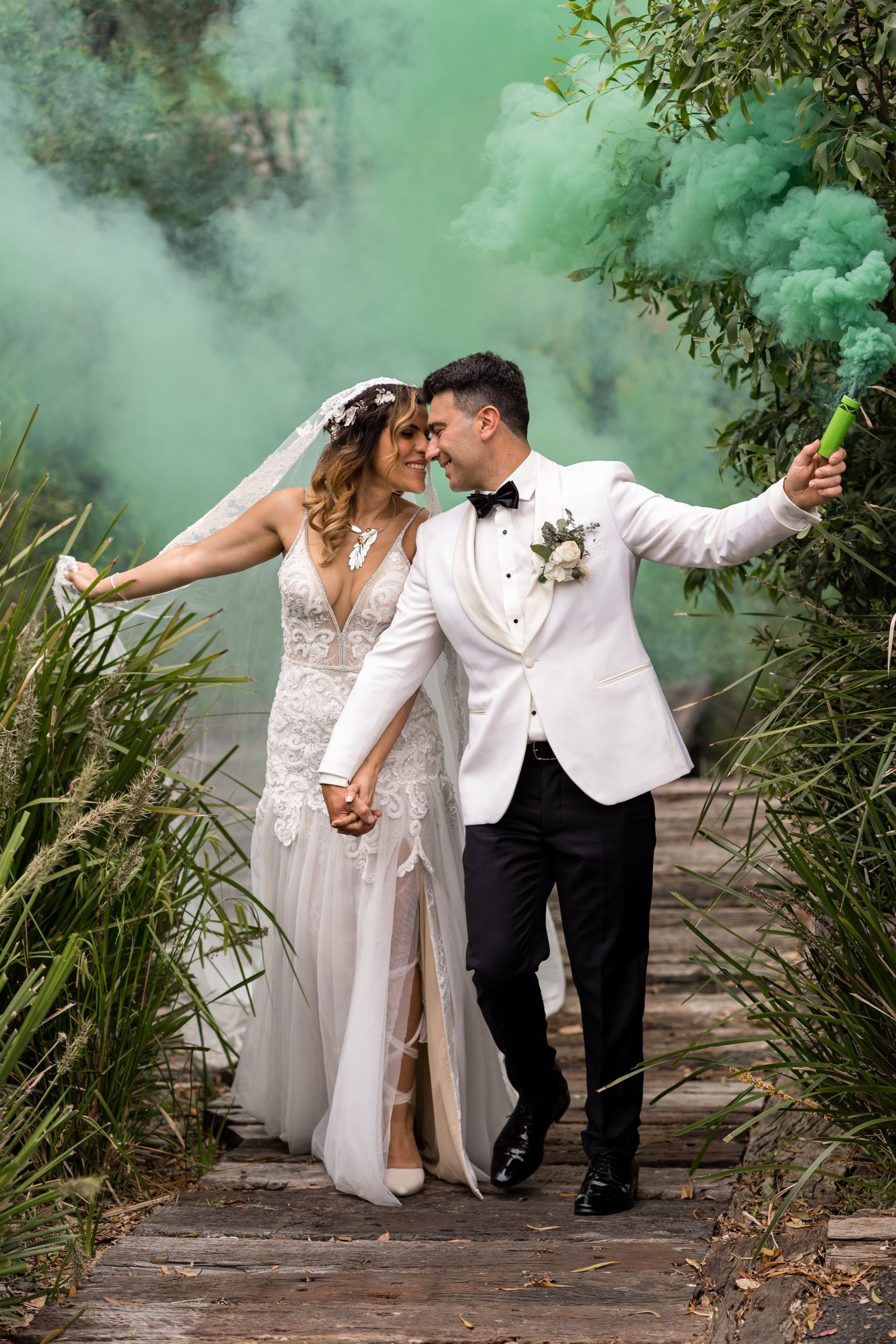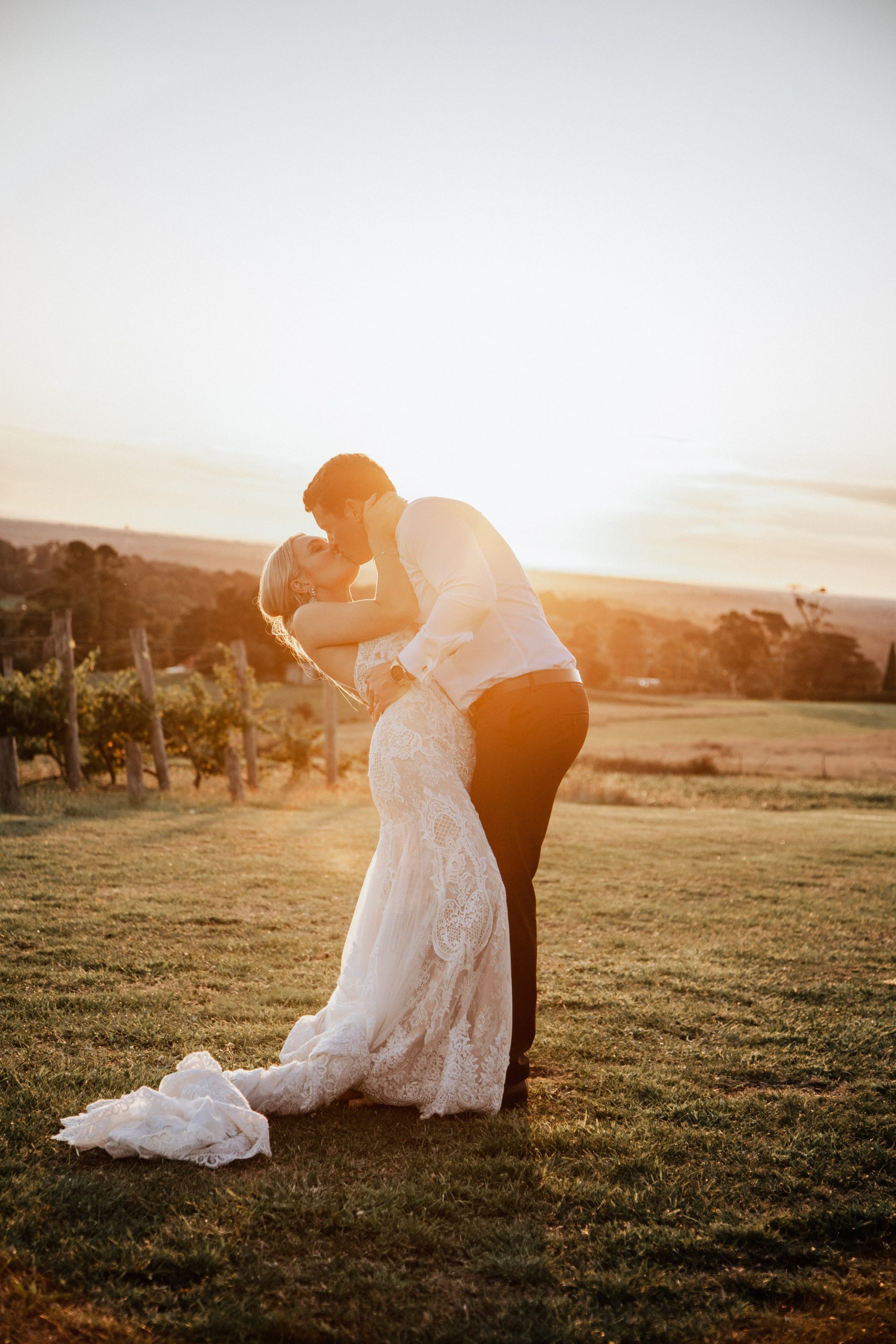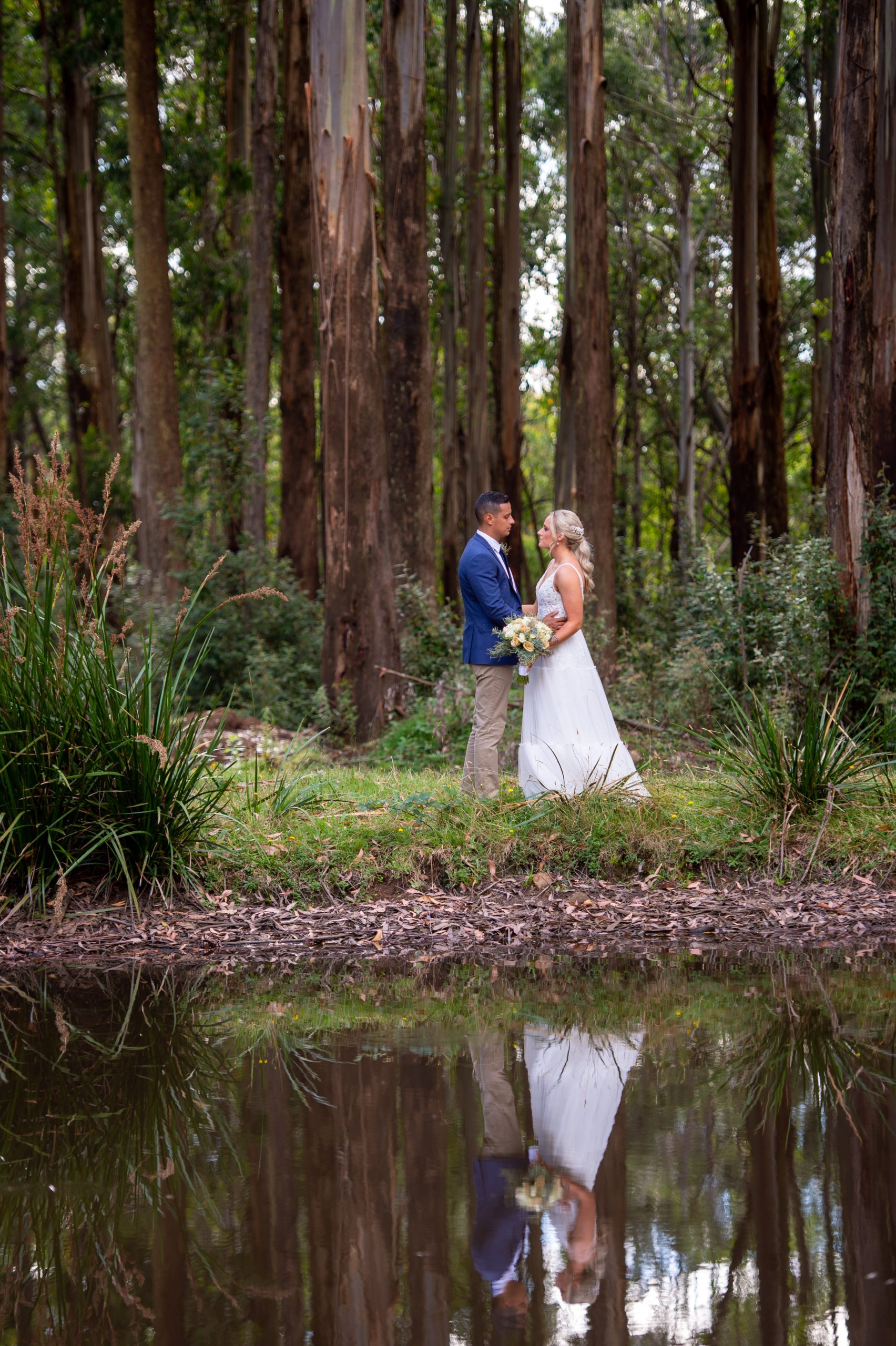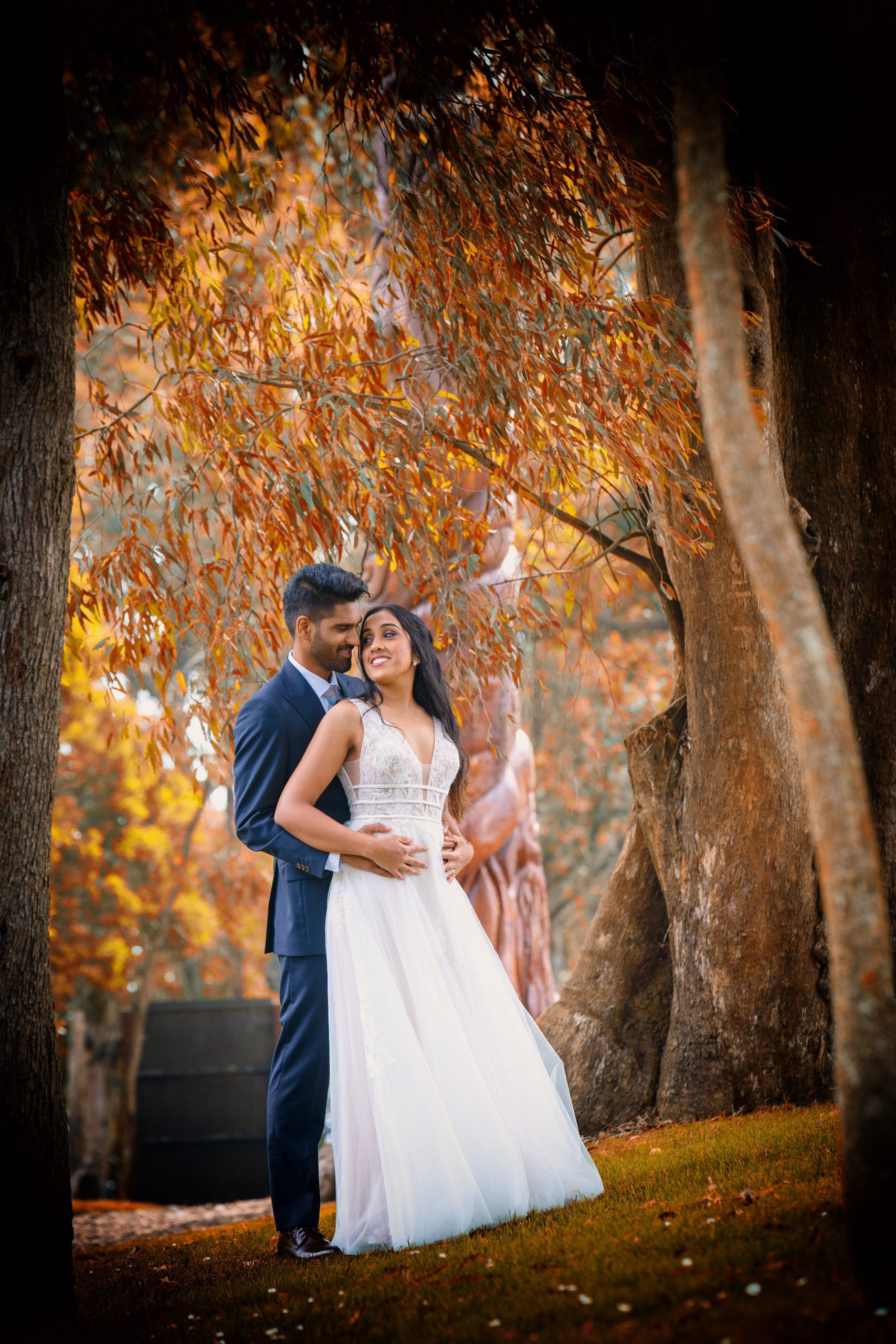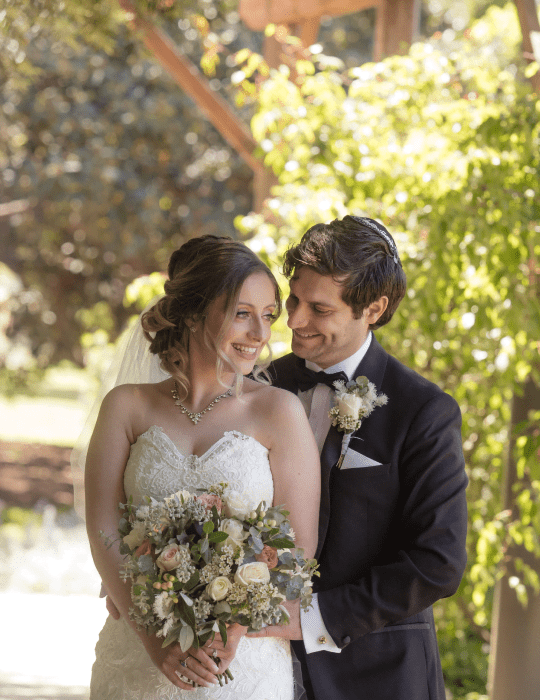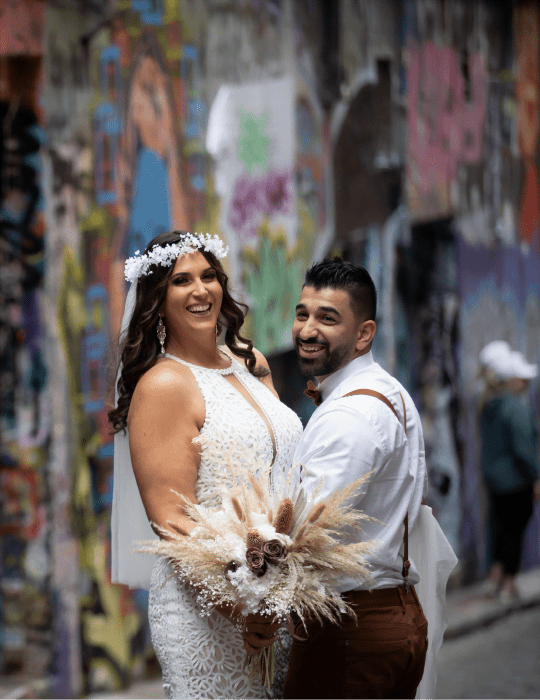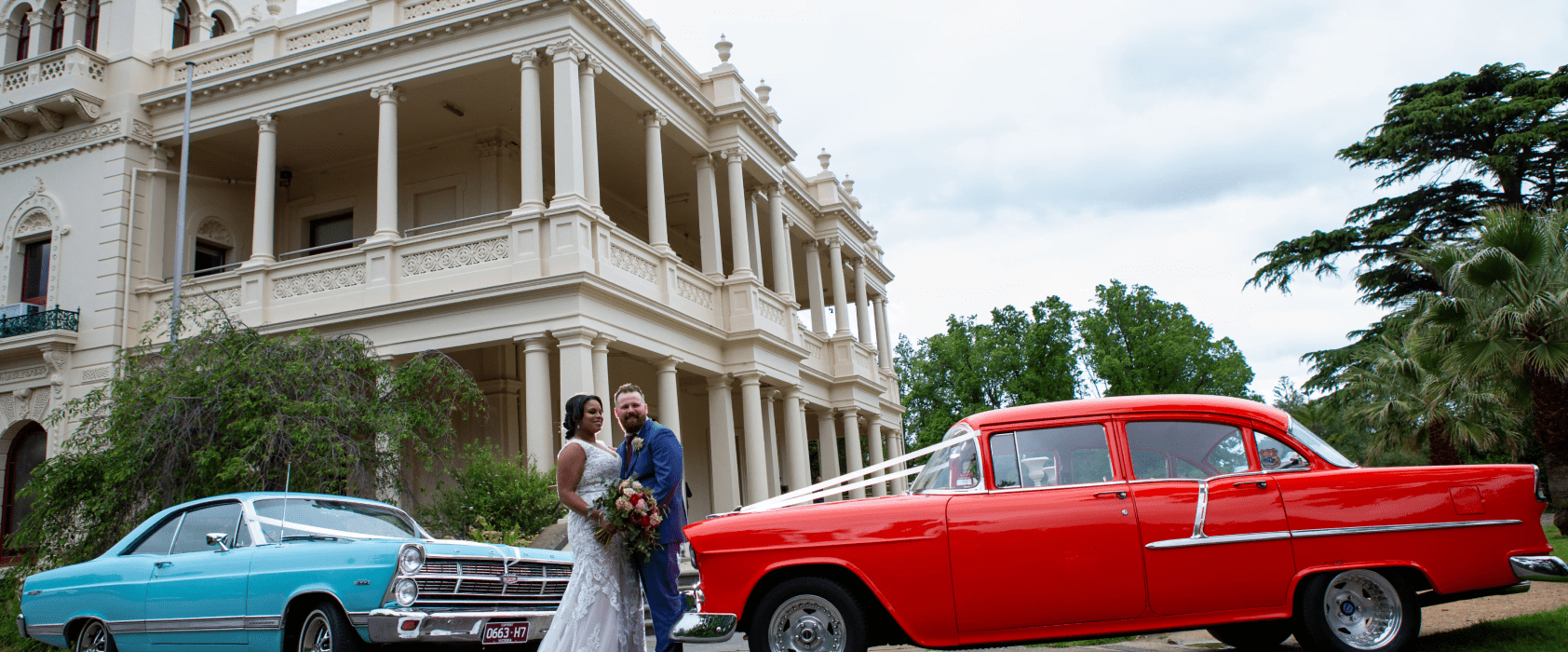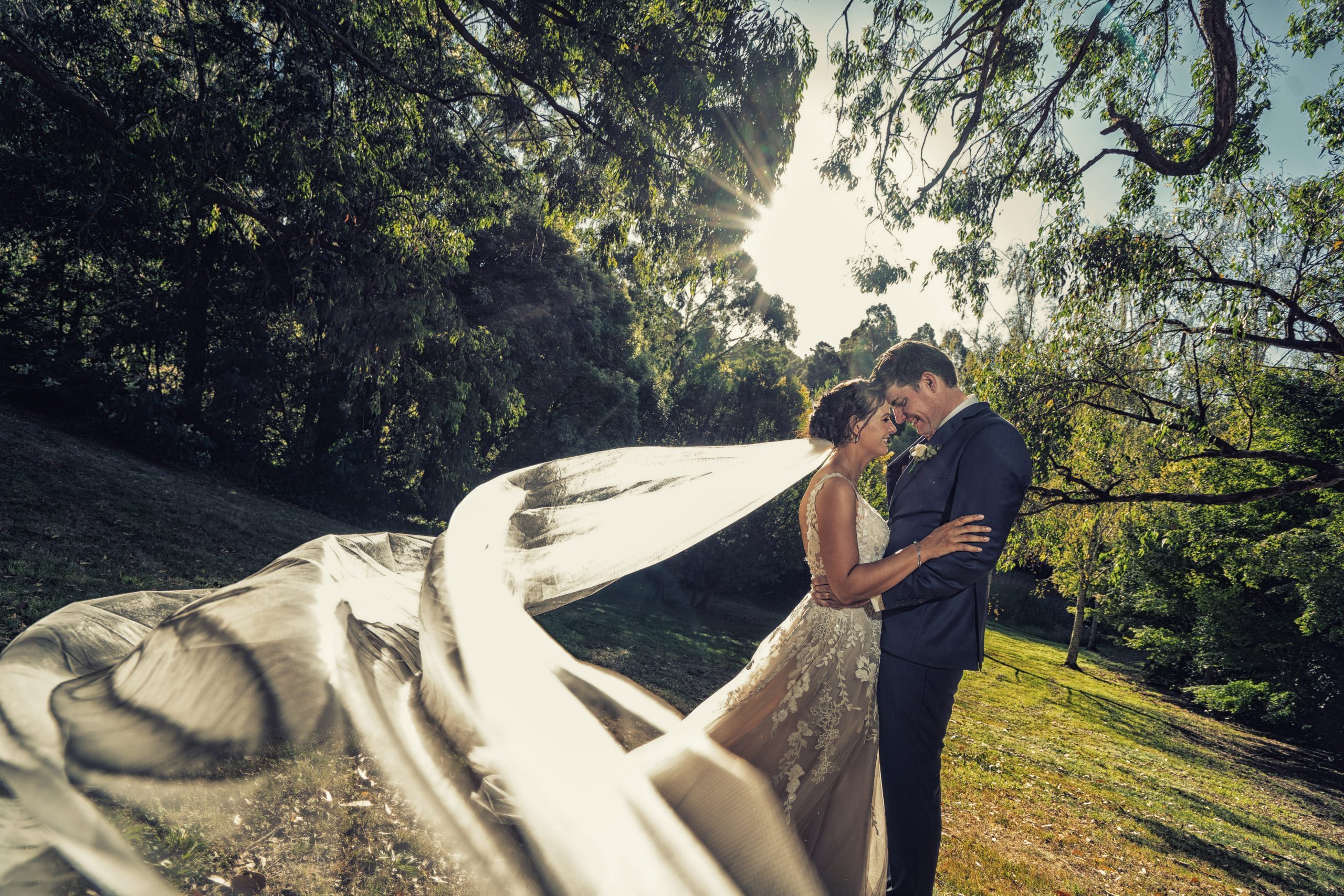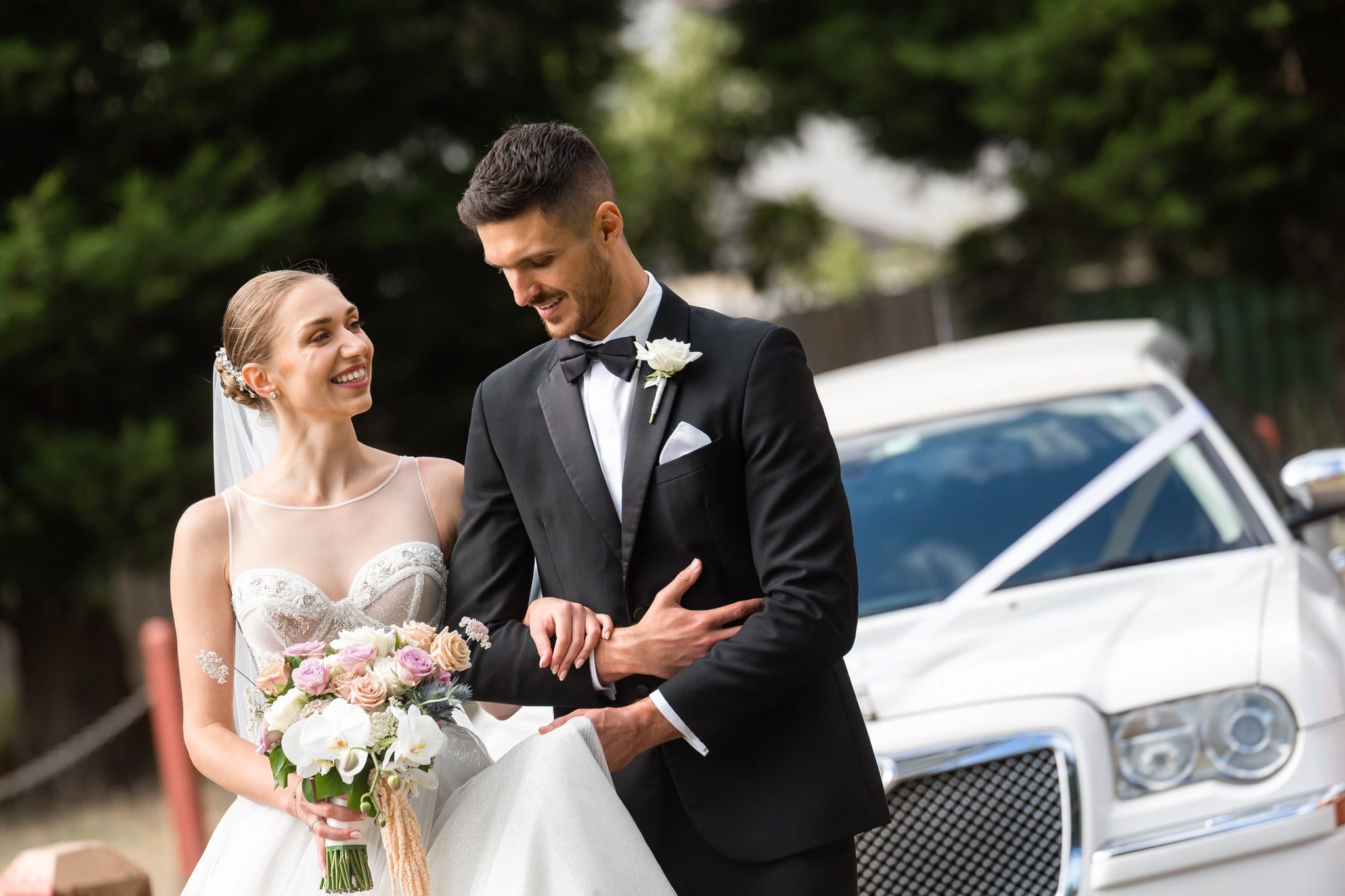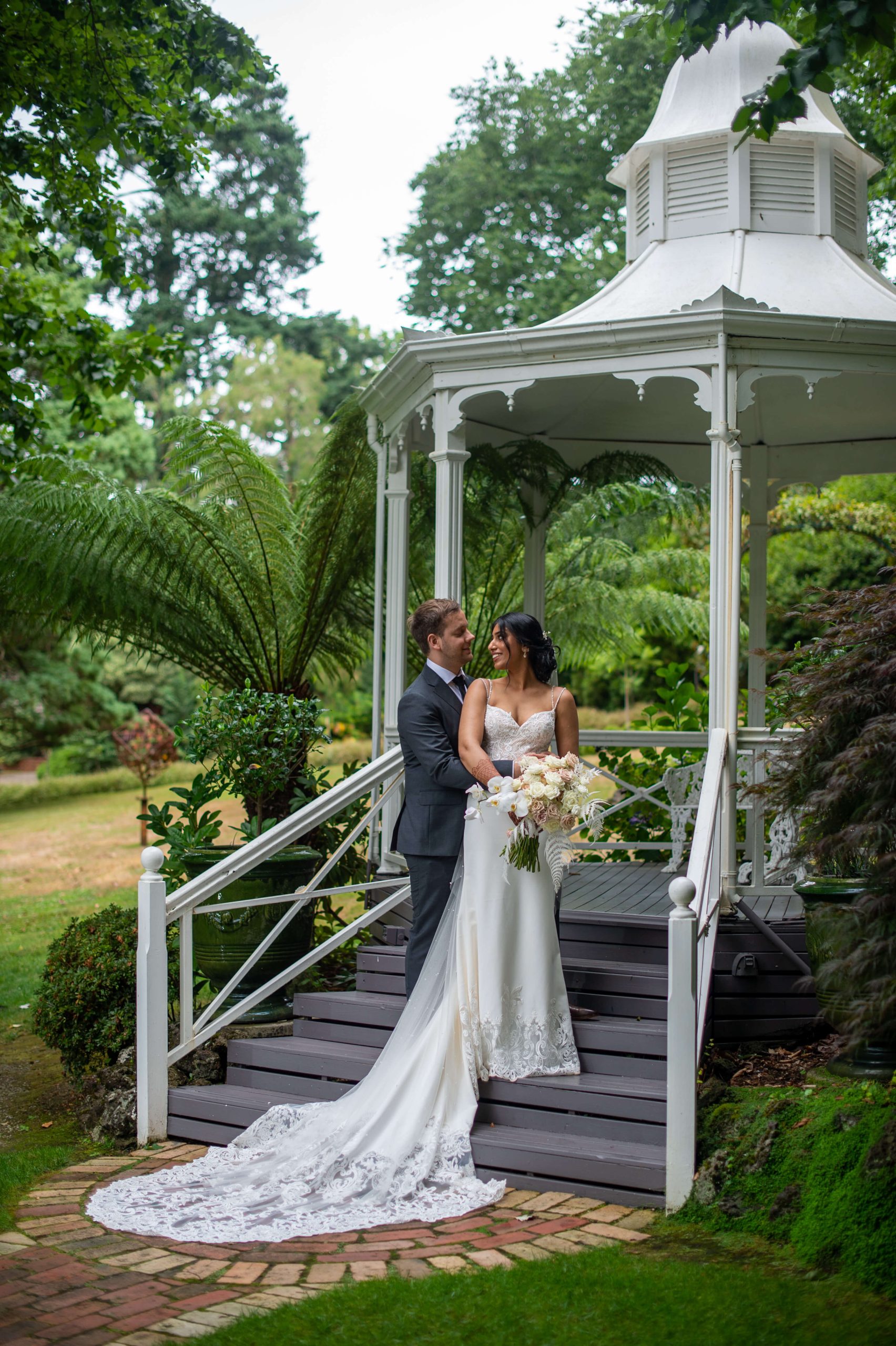One of my greatest joys is presenting the finished shots to my clients and having them get so excited over the creativity in the shots. This excites me more than any other possible compliment, because in my view, its this creativity that’s makes a professional photographer stand out from the crowd.
Any amateur or professional photographer understands that taking photos can be a highly technical process. This is an art, and a science, and there are endless blogs and articles about the technical processes of taking photographs, and the extensive equipment that can be purchased to improve the end results.
While many photographers commence their careers in photography because they want to be creative, many can lose it as they become more experienced. Many photographers can become overly concerned about the technical elements of taking pictures, but they forget to relax, have fun, and look through their lens with a sense of awe and inspiration.
Developing creativity as a photographer
Creativity is a skill that can, and should, be developed. This doesn’t matter if you are a photographer, a child or an accountant. Creativity is a thought process that allows us to view objects and situations in different ways, change our approaches and strategies in life, and implement new and successful ideas.
As a photographer, you can use creativity to add depth and interest to your photographs and explore objects, ideas and events in new and rewarding ways. Developing your creativity will also take you on the important path of developing your own unique and recognisable style.
How to become more creative
Creativity can easily be fostered within any individual, including photographers. The first step is to accept that you are going to try new things, some that you may like and some you won’t. Creativity requires experimentation and risk taking, and while you may not always like the results you get, that’s part of the process. By trying new things as a photographer you will learn to question, analyse and evaluate yourself, and you may even find some pleasant surprises along the way.
Use as disposable camera
Yes, they still exist! You can pick up a disposable camera or use the camera on a very old mobile phone. Your goal is to create a work of art, without all of the bells and whistles and technical features that you are used to. So what are you going to do, and how are you going to do it?
Write a story about your favourite photograph
Your story doesn’t need to be long, but it needs to accurately describe your photograph and inspire the reader to view it. You might like to include conversations, quotes or body gestures of people within the image. You might like to relate the circumstances that allowed the image to come about, or you might describe the accompanying senses to the image, like taste, touch and smell.
Put down your camera and pick up a pencil
While you may be more comfortable with a camera, try capturing an image with a pen, pencil or paint bush. Choose an object, like a book or a simple cardboard box, that you’d like to recreate on paper and spend a few minutes studying it with your eyes. Look at the lines, textures and shadows that it’s made from. Find wonder in the colours, the meaning and the context of the object. Start creating the outline with your drawing implement and then fill in the shadows and fine details.
What have you learned about the object from this process? What do you like or dislike about it? What were the most important features that you’d like to stand out in the image? What would happen if you changed its location, the angle of its positioning or the time of day it is captured in? Asking and answering these questions will help you foster and promote creativity in yourself, your artwork and your wedding photography.
Take photographs with a child
Children see the world in new and exciting ways, and spending time with one of your own children or someone else’s will allow you to go back to basics, and try new things. You may like to use two cameras, or share a single camera, and take a walk through a garden or the beach. Avoid using this moment to teach the child how to take photographs, but follow the child’s lead and release your own innocent and creative side.
Forget about perfect photos, and focus on the actual objects of interest. Many young children are fascinated by bugs and leaves and the sky, or you might find yourselves taking photographs of each other. At the end, spend time viewing the photographs together. Talk with each other about your favourite pictures, the things you did like and the things you didn’t. Start to see the world you live in, in a new and creative way.
